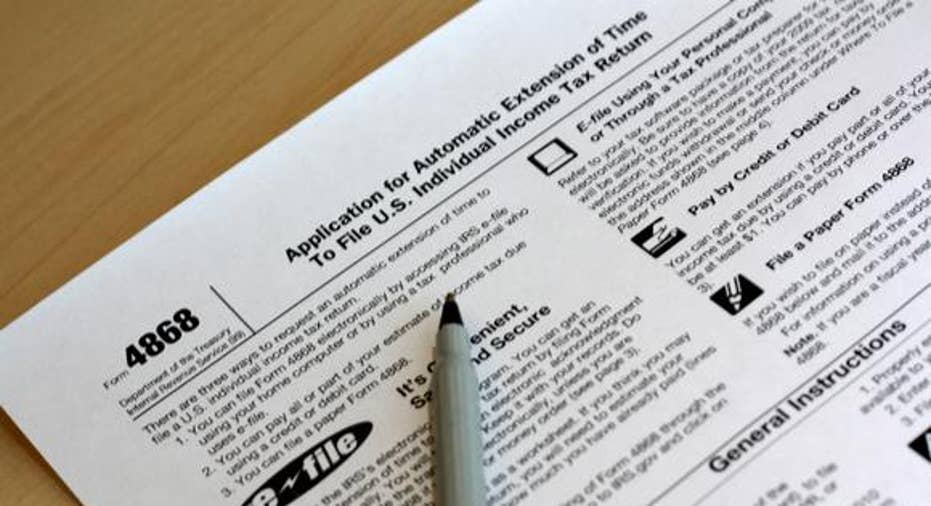Need an IRS Tax Extension in 2016? Here's What You Need to Know

Image source: Flickr user MoneyBlogNews.
Each year, many Americans need some extra time to finish their tax returns, for one reason or another. Fortunately, the IRS has made the process of requesting an extension pretty easy. Here's what you need to know about applying for a tax extension, as well as a big warning about what a tax extension doesn't do.
An IRS tax extension is automaticBy filling out IRS Form 4868, you can apply for an additional six months to file your income tax return. While this is technically an application process, the extension is granted automatically in most cases. You don't need to justify the extension -- all you need to do is to provide an estimate of your 2015 tax liability using the information you have and file the form by the regular tax deadline, which is April 18, 2016.
Keep in mind that this form only gets you an extension of your federal income tax return, and each state has its own process for extensions. Some states offer automatic six-month extensions with no additional paperwork, while others require a separate form. Check with your state, or with your tax preparation software or tax preparer, to determine the correct procedure in your state.
But, you still have to pay on timeIt's important to point out that while anyone can get a six-month extension on their taxes, doing so has no impact on when your taxes are due. If you're expecting a tax refund, you don't need to worry -- you're still entitled to your refund whether you file your taxes before the regular deadline or file an extension. However, if you owe the IRS money, it still needs to be paid before the April 18 deadline, even if you file an extension.
After the April 18 deadline, any tax you still owe may be subject to interest and penalties.
You will owe interest on any tax not paid by the normal due date, even if you have a legitimate reason for not paying on time -- such as being out of the country or some other hardship. The IRS's interest rate can vary, and is 3% for underpayments as of the first quarter of 2016. So, if you owe $1,000 and pay a year after the deadline, you'll owe $30 in interest.
The late payment penalty is assessed in addition to interest and is 0.5% of any unpaid tax for each month or partial month it remains unpaid, up to a maximum of 25%. Unlike interest, the late payment penalty can be waived if you can show good cause for not paying on time. In the previous example of a $1,000 balance that's a year late, you would owe $30 in interest and $60 in penalties, unless you get it waived.
To be perfectly clear, a tax extension gives you more time to file your return, but not to pay your taxes.
File even if you don't have the moneyThe final point I'd like to emphasize is that you should always file your return on time, or request an extension, even if you don't have the money to pay. The interest and penalties will seem like nothing compared to the late filing penalties.
As of 2016, the IRS charges a 5% late filing penalty for each month or part of a month you file later than the deadline (or extended deadline), up to a maximum of 25%. There is a minimum penalty of $135 or your balance owed, whichever is less.
So, while paying interest and penalties may be inconvenient, late filing penalties can add up much quicker. If you need more time to get your tax return together, file an extension, but by no means delay filing any longer than the extended deadline, which is October 17, 2016 for the 2015 tax year.
The article Need an IRS Tax Extension in 2016? Here's What You Need to Know originally appeared on Fool.com.
Try any of our Foolish newsletter services free for 30 days. We Fools may not all hold the same opinions, but we all believe that considering a diverse range of insights makes us better investors. The Motley Fool has a disclosure policy.
Copyright 1995 - 2016 The Motley Fool, LLC. All rights reserved. The Motley Fool has a disclosure policy.



















